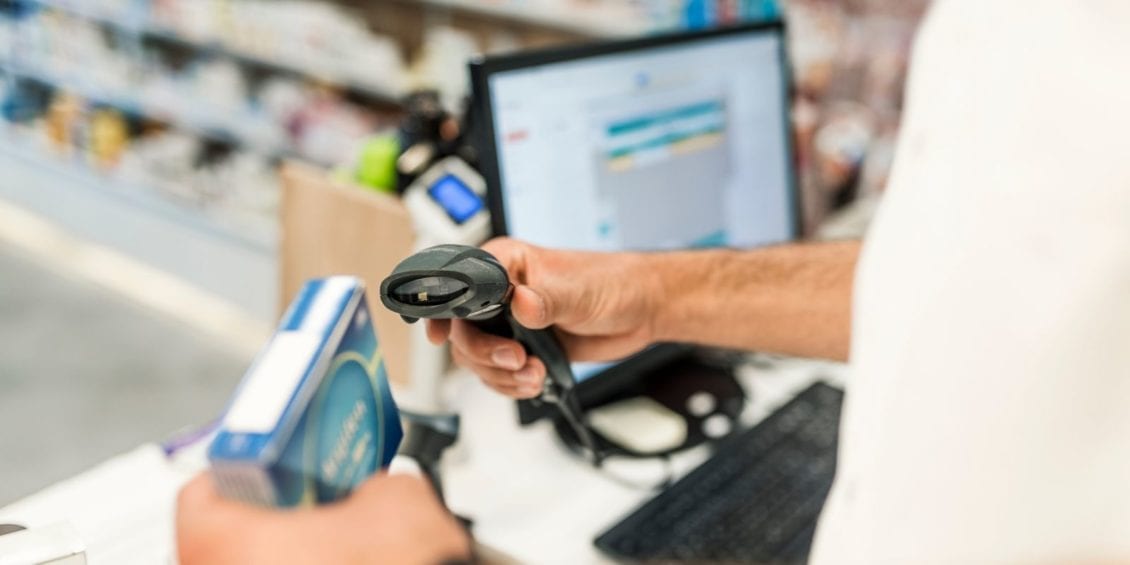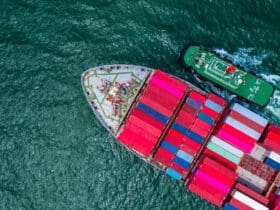Have you ever struggled to decide how to price your goods? Many owners and startup entrepreneurs use competitors’ prices as a jumping-off point. It’s a simple enough technique but often ignores key, and unique, components of your own product’s variables. Whether you look at competitor websites, make rough estimates, or just flip a coin to set prices, it’s even better to take realistic factors into consideration. Here are five that companies have relied on for years.
Materials
Unless you’re selling a service or a digital product, one of the core components of retail and wholesale prices will be the cost of materials. This category includes virtually anything that you have to purchase in order to manufacture the things you sell, and which ends up being a part of the produced good. Common materials include things like plastic, metal, fabric, chemicals, food additives, preservatives, glass, and hundreds more. While all these things represent the total physical part of what you sell, they only account for a fraction of its final sales price.
Labor
In many industries, labor expenses are even higher than materials costs on a per-product basis. The next time you hire a professional to repair your car, look at the final bill. Labor is often a much higher percentage of what you pay the mechanic than parts, which sometimes only account for 10 or 20 percent of the total cost of repairs. Whether your company has its own labor force or outsources the function, you’ll need to have an accurate idea of this category’s total expenses are before you arrive at a fair pricing decision.
Advertising
Marketing, which includes advertising and promotion, is something that can have a very large or not so large effect on a product’s price-tag. Major corporations, like those that sell soap, clothing, and vehicles, spend billions of dollars on promoting their wares. Small startups might not spend much on advertising, but as a percentage of product-related expenses, the effect can be just as great.
Fleet and Transport Factors
Every entrepreneur who sells goods to the public or to wholesalers has to factor in the cost of transportation. In earlier eras, that often meant looking at the cost of fuel, driver salaries, and similar expenses. In today’s tech-heavy environment, transport costs typically relate to fleet management expenses like high-end telematics systems from Samsara.com. Telematics, dash-mounted devices that attend to communication, security, safety, and navigation, are a key part of the complete transport expense for any good, especially for sellers who aim for on-time shipment, driver compliance, vehicle efficiency, and all-around safety.
Returns & Refunds
Too many business owners assume that refunds and returns will be an insignificant part of selling, but the opposite is often true. Particularly for startups and very small firms, even satisfied customers ask for their money back after purchasing the wrong product, too many items, or decide they can’t afford what they already purchased. R&R needs to be built into price from day one, even before you begin operations. Later on, if you discover the few goods are ever returned, it’s simple enough to slightly reduce prices across the board.








Leave a Reply
View Comments